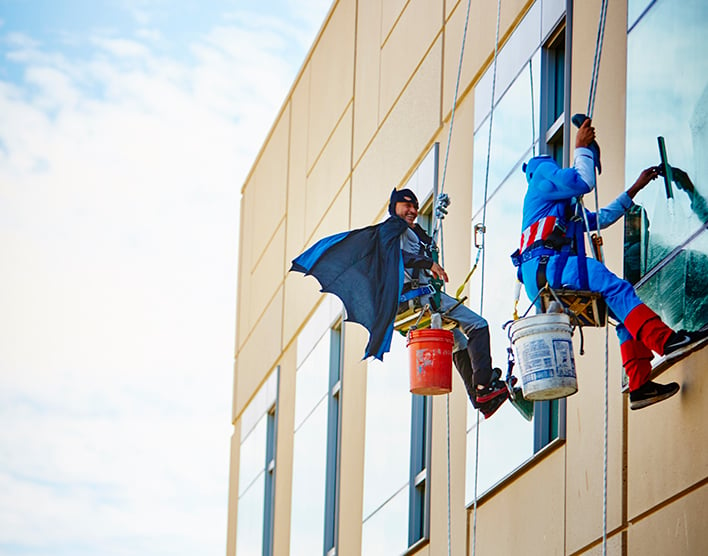Skin Care
After the operation for Hirschsprung's disease, children who do not have a stoma will have a lot of diarrhea. It is important to protect the skin around the anus at all times to prevent irritation, using a cream called "butt balm." Your child's nurse will teach you how to mix and apply the cream.
The recipe for butt balm is:
- 4-ounce tube of Desitin ointment
- 1-ounce bottle of Stomahesive powder
- 1/2-ounce bottle of Mycostatin powder
The ingredients are combined to create a cream the consistency of peanut butter. The surgical nurse will order the prescription powders you'll need to make the balm. Please give us the phone number of your pharmacy once you go home.
Your child may bathe or shower when he or she is feeling better, which can be as soon as two days after surgery. Bathing is a good way to sooth the anal area and gently clean the skin without injury. Some parents use a hair dryer on the low (cool) setting to dry the anal area before putting on protective cream.
Do not stop using the skin protective products until your child is having fewer bowel movements, usually after many weeks. If your child develops a rash that does not get better, please call Pediatric Surgery.
Dressings
If your baby has an incision on the abdomen, there will be a gauze pad and clear plastic dressing in place. You should remove this dressing two days after the operation. There may be a small amount of blood on pieces of tape, called Steri-strips, under the dressing. This is normal. You can remove the Steri-strips one week after the operation. Your child can bathe with the Steri-strips in place.
The skin around the incision may be red, bruised and slightly swollen. This can last several weeks. There will be no visible stitches to remove because they are under the skin. The stitches will dissolve after several weeks. Sometimes these stitches are irritating and will come out of the skin through the incision. If this happens, the incision will look red and may drain white, yellow or red fluid. This can be normal for some children and will get better with time and daily bathing.
If your child has an abdominal incision, you will feel a firm ridge just under the incision once it is healed. This is called a healing ridge and it is normal. The healing ridge lasts for several months before it softens and disappears.
Medications
Most children don't need prescription pain medication after they're discharged from the hospital. Acetaminophen (Tylenol) or ibuprofen (Motrin) is usually sufficient. Administer the medication according to the dosage directions on the label. If your child is still uncomfortable, call our office and we may prescribe something stronger.
Activities
Your child can return to his or her usual activities without any special restrictions, unless the pediatric surgeon tells you otherwise. School-age children can resume their school activities as soon as they feel well enough. If you need a letter sent to your child's school about the operation and recovery, please call Pediatric Surgery.
Follow-up Appointments
If your child has a stoma, you will need to make an appointment to be seen one after discharge. If your child has a primary surgery or stoma closure, he or she will need to be seen in the Pediatric Surgery office two weeks after the operation. At this visit, your child's anus will be checked to make sure the opening is large enough for stool to pass easily. Sometimes the anus has to be dilated, or stretched, for several weeks or months following surgery. If this is necessary, your child's surgeon or surgical nurse will teach you how to do dilations at home.
Signs to Watch For
Call our office at (415) 476-2538 if you have any concerns about your child's recovery, if you have any questions about your child's stoma, or if you spot any of the following:
- Temperature of 101° F or higher
- Incision is red
- Severe pain at the incision or the incision is painful to touch
- Fluid coming out of the incision
- Change in the number of bowel movements each day
- No bowel movement for one day
- Red rash around the anus that is not getting better






























